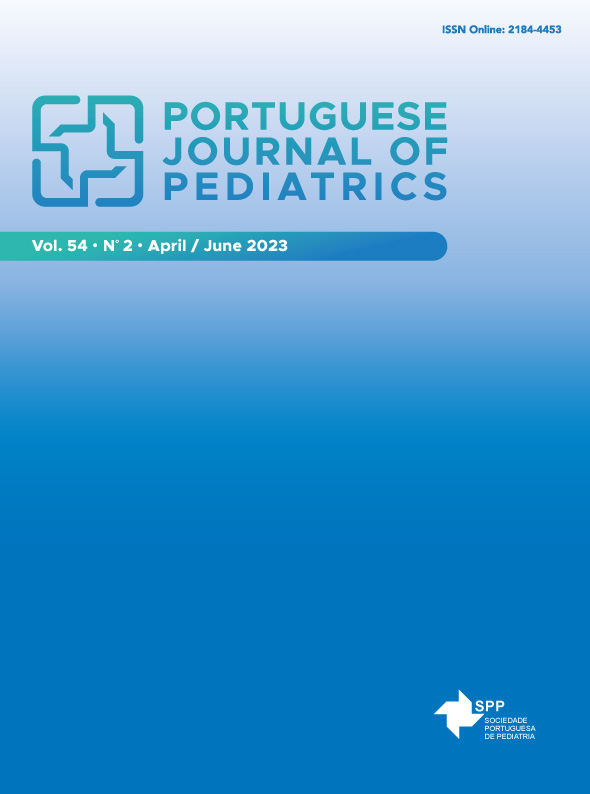Electroconvulsive Therapy in Child and Adolescent Psychiatry: Narrative Review
DOI:
https://doi.org/10.25754/pjp.2023.26502Abstract
Electroconvulsive therapy is characterized by the electrical induction of generalized and self-limited seizures and is currently available for the treatment of severe psychiatric disorders in children and adults. There are no absolute contraindications to electroconvulsive therapy in children and adolescents; however, there might be some relative contraindications. Electroconvulsive therapy is considered one of the safest procedures performed under general anesthesia. Its side effects in children are generally well tolerated, transient, similar to those reported by adults, and tend to decrease in subsequent sessions. Although considered safe and effective, it is still little used in Child and Adolescent Psychiatry. The reasons for its low use are related to the scarcity of studies, legal restrictions imposed by some countries, stigma, doubts about its effectiveness and safety, variable usage in different countries, and issues of ethical nature. Despite the fears, there is no technical, scientific, or ethical reason to justify the non-performance of electroconvulsive therapy in children and adolescents. Based on the literature review, this study seems to be the first narrative review carried out in Portugal on the use of electroconvulsive therapy in Child and Adolescent Psychiatry, and no other Portuguese studies were found. Since there is a correlation between knowledge and positive attitudes towards the use of electroconvulsive therapy, it is necessary to increase the studies, education, and practical experience in this area in Portugal. This non-systematic literature review aimed to inform health professionals about the importance of electroconvulsive therapy in the treatment of children and adolescents with severe mental illness.
Downloads
Downloads
Published
Issue
Section
License

This work is licensed under a Creative Commons Attribution-NonCommercial-NoDerivatives 4.0 International License.









